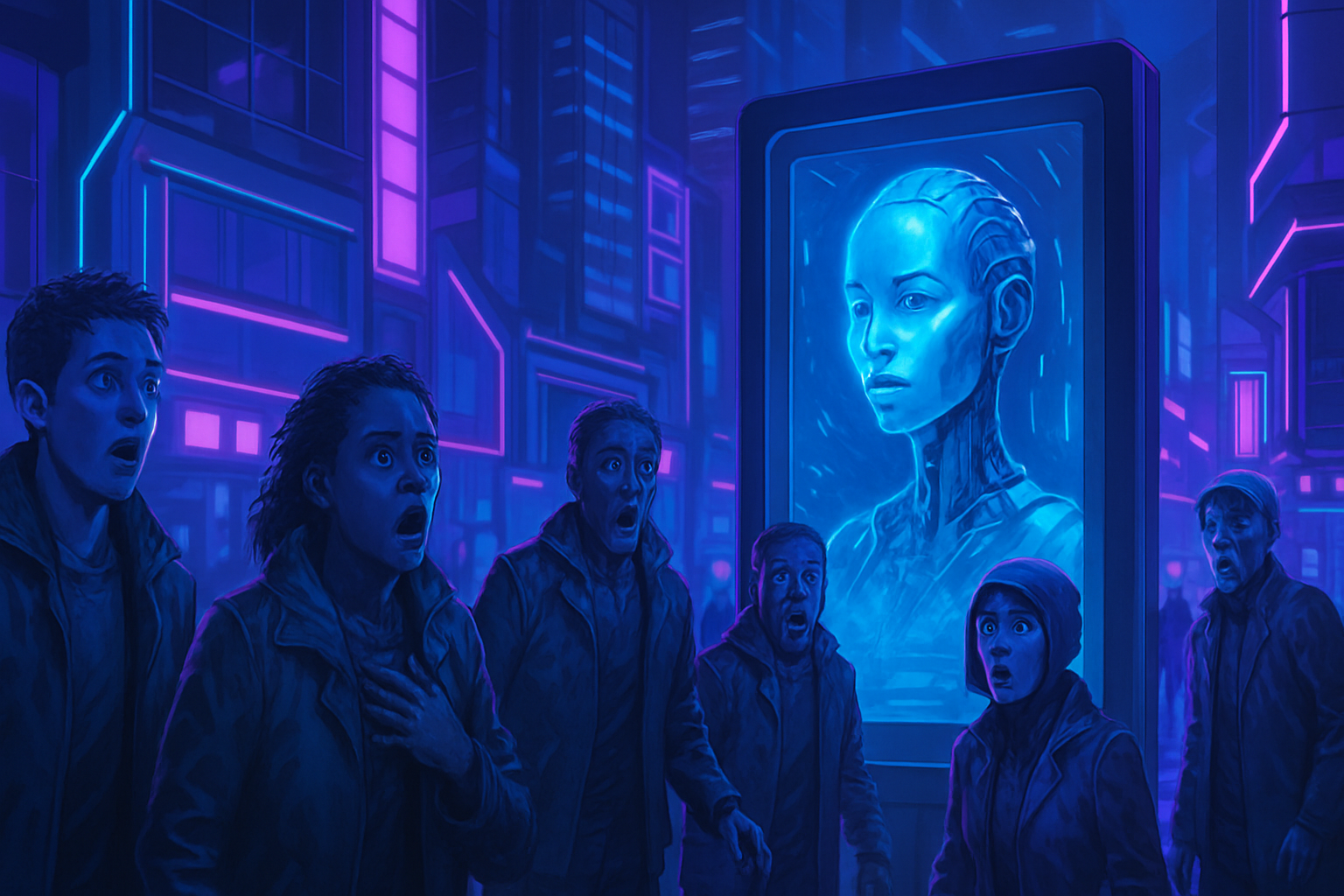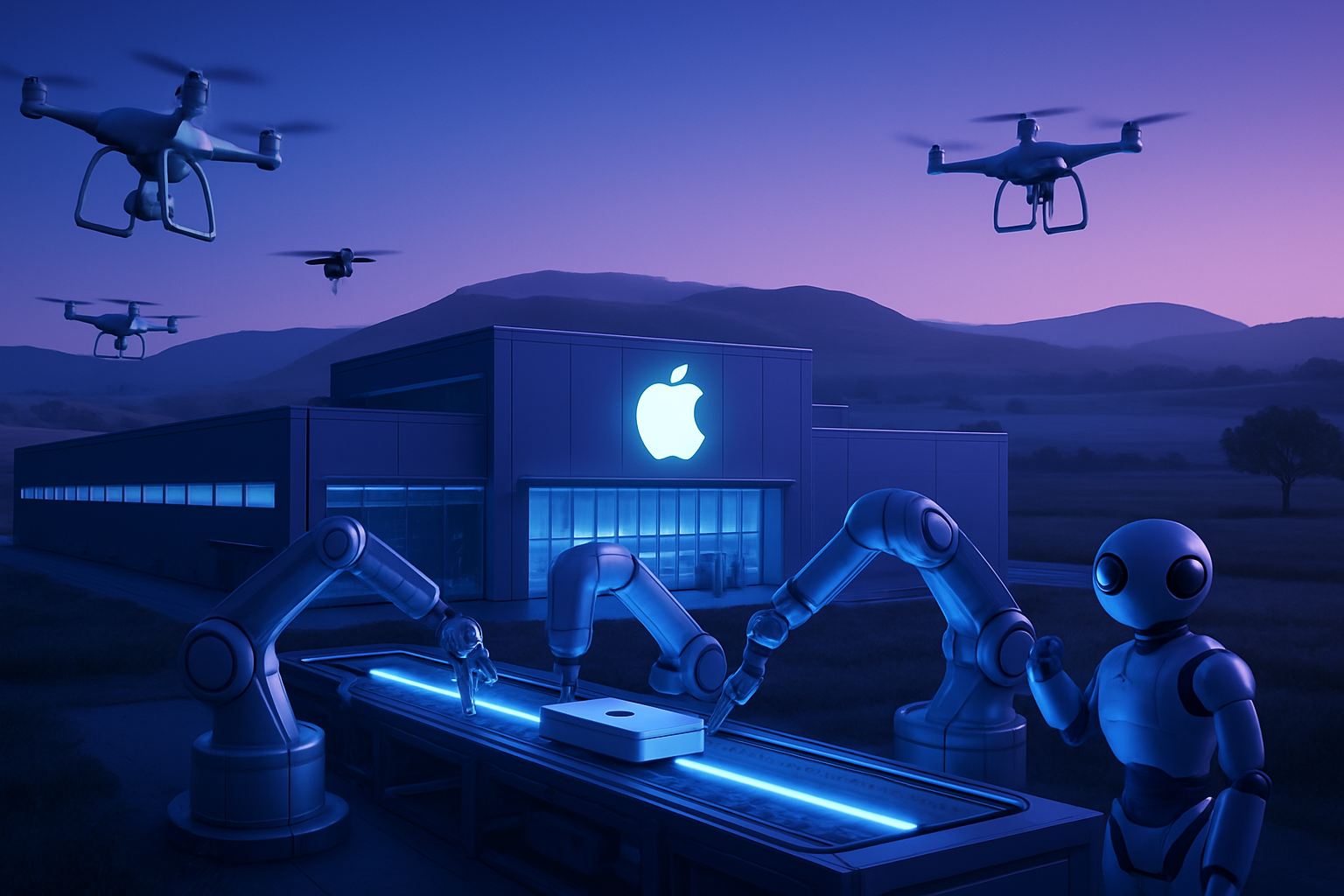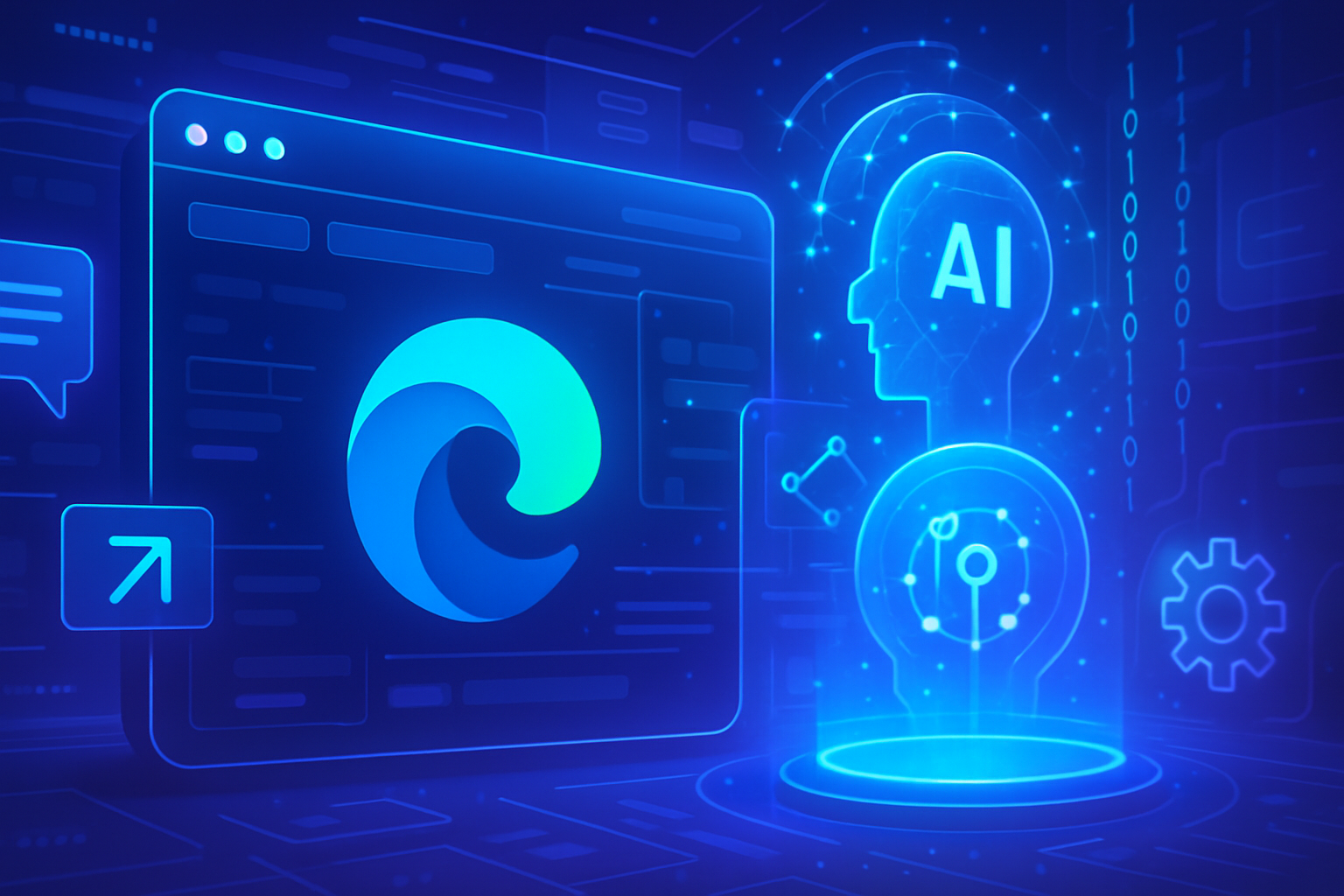Teaching Robots Their Limits
Advances in artificial intelligence open fascinating perspectives in the field of robotics. Teaching a robot to recognize its own limits represents a major challenge. A proper understanding of physical constraints and safe operations can improve the efficiency of robots in carrying out various tasks, ranging from household chores to industrial activities.
The Role of Linguistic Models
Researchers at MIT, notably those from the Computer Science and Artificial Intelligence Laboratory (CSAIL), have developed an innovative method to teach robots these limits. This approach relies on the use of large language models (LLMs) to facilitate task planning while taking into account the specifics of the environment. Robots need to be able to interact with their surroundings while respecting their own capabilities.
The PRoC3S Methodology
The process, titled Planning for Robots via Code for Continuous Constraint Satisfaction (PRoC3S), has allowed robots to experience a learning method based on simulation. Initially, an LLM proposes a course of action which is then tested in a virtual environment. If the course of action is deemed impractical, the model will generate a new strategy until a feasible solution is found.
Practical Applications of the System
The successes observed in simulations are impressive. PRoC3S has demonstrated favorable results, allowing robots to discover independently solutions to various tasks, such as sorting objects or writing letters. Experiments have shown an 80% success rate in executing action plans. This consistency surpasses competing methods like LLM3 and Code as Policies.
Towards Home Robotics
Researchers envision the use of PRoC3S in home environments, where robots will need to adapt to more general requests. A household robot could, for example, be assigned a task like “make me breakfast.” The ability to execute complex action plans, safely managing multiple steps, thus becomes possible.
Interdisciplinary Collaboration
The work of the MIT team has also benefited from rich collaboration. Engineers rely on vision and AI models to create realistic simulations. This synergy fosters the birth of a digital universe where a robot can assess its possible actions, thus increasing its capacity to solve open problems.
Redefined Safety
Researchers like Eric Rosen, a security expert, emphasize that using models like ChatGPT to control robot actions can lead to unreliable behaviors. PRoC3S addresses this challenge by integrating techniques that allow reasoning about environments. The result is a more reliable mechanism for verifiable and safe actions.
Future Perspectives
The ambitions of the researchers extend beyond current experiments. The team plans to enhance the method by integrating more sophisticated physical simulators. This advancement could increase the complexity of a robot’s tasks, including elements of dynamic navigation. In this context, PRoC3S could prove essential to mobile robotics, adapting quadruped robots to future challenges.
Frequently Asked Questions
What limits should be taught to a robot to ensure its safety?
The limits to be taught to a robot to ensure its safety include understanding its environment, managing its range of motion, avoiding obstacles, and respecting human interactions. This helps to prevent accidents and ensure effective operation.
How can a robot learn to manage its physical limitations?
A robot can learn to manage its physical limitations by using vision models to perceive its environment and through the simulation of planned actions. This ensures that the robot adjusts its actions based on its capabilities and the surrounding objects.
Why is it important to teach robots open-ended tasks?
It is crucial to teach robots open-ended tasks so they can adapt to various and unpredictable scenarios, such as in a home environment. This allows them to perform complex tasks while ensuring the safety of nearby people and objects.
What tools are used to teach a robot its limits?
Tools used include pre-trained language models that provide action plans, simulators to test these plans, and reinforcement learning algorithms that help robots understand the consequences of their actions.
How does a robot respond when it reaches its limits?
When a robot reaches its limits, it can use feedback mechanisms to adjust its actions. This includes evaluating the results of a task and generating a new plan if the previous one is not feasible. This trial-and-error process contributes to safe learning.
Can language models really prevent undesirable behaviors in robots?
Yes, language models can help prevent undesirable behaviors by providing clear instructions and integrating contextual safety considerations into the robot’s action planning.
What is the most effective method for teaching limits to a mobile robot?
The most effective method includes using dynamic simulations and real-time feedback. This allows the robot to learn to navigate different environments while adjusting its actions according to its physical capabilities and the introduction of new information.
How are researchers improving robots’ ability to accomplish complex tasks?
Researchers are improving robots’ capabilities by developing advanced algorithms that combine perception data, simulations, and deep learning techniques to create reliable and safe action plans.






